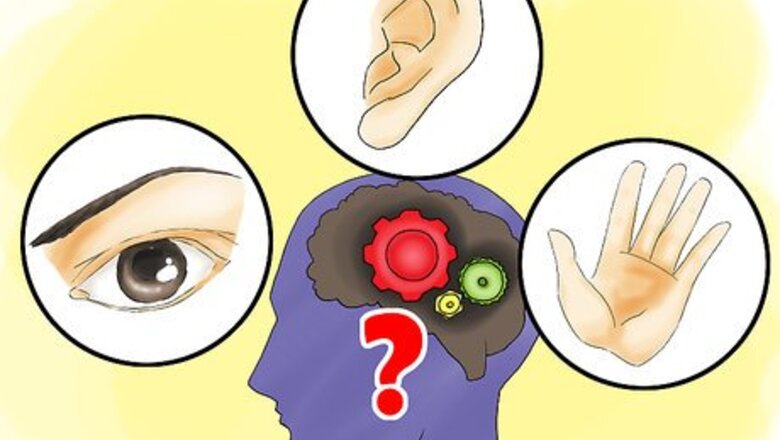
views
Exploring Your Learning Style

Pay attention to your learning habits. When spelling, do you try to see the word, sound it out, or write it down to find out if it feels right? When you are at school or work, do you like descriptive scenes, do you prefer verbal instructions, or do you prefer to jump right in and try? Try to take note of these things. When you can, write down the most comfortable way you understood a concept or idea; write down exactly what made that concept click. Was it a graph, a word, or a sound? This will help you determine what kind of learner you are.
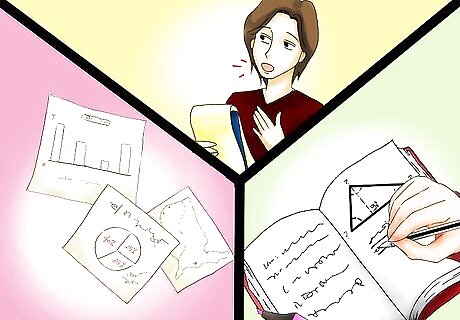
Monitor your understanding in a given task. As you apply learning strategies to tasks, you should continuously check the effectiveness of the process by evaluating your progress in a given task. Evaluate your progress by asking yourself, "Can I put this information into my own words or explain it to someone else?" or "How am I doing in this task?" By asking yourself these questions, you can determine if the way you are learning something is the most effective way. If you are unable to answer these questions, then ask yourself what other strategies might work more effectively to help you answer these questions. Make sure to try these strategies as well. You should try out multiple strategies and compare them to see which works best.
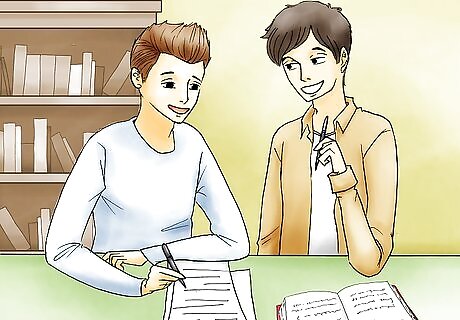
Talk it out with a friend or teacher. Oftentimes, talking out loud with someone will help you figure out a solution. Talk with a friend or teacher about their learning styles. Ask them how they learn best. This will help you think about and explore your own learning style. Ask your friend or teacher what helps them retain information. Ask them if they are more likely to remember images, what someone said, or how they felt when presented with new information.
Be aware that you might use multiple learning styles. It is not necessary to stick with a single learning style. You probably learn best when you switch back and forth between different learning techniques. The variety will help to prevent things from becoming repetitive and keep you focused. For example, maybe you will find that you are mainly a visual learner, but switching from this style to an auditory (listening) style might help you to stay focused for a longer period of time.
Determining Your Learning Style
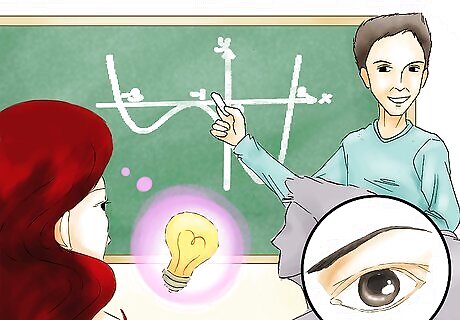
Determine if you are a visual learner. Visual learners are good at remembering things through pictures, charts, graphs, notes, or other visual material. Visual learners often replace words with pictures and use mind maps to remember meanings, definitions, dates, and other material. Here are some questions you can ask yourself to determine if you are a visual learner: Do I learn best when I watch someone show me how to do something? Do I verify the accuracy of spelling by looking at the word to see if it is spelled correctly? When I need to remember a list of items, do I remember the list by writing it down? Do I solve problems by writing or drawing diagrams? When I am adding numbers, do I verify the answer by looking at the numbers to see if they are correct?
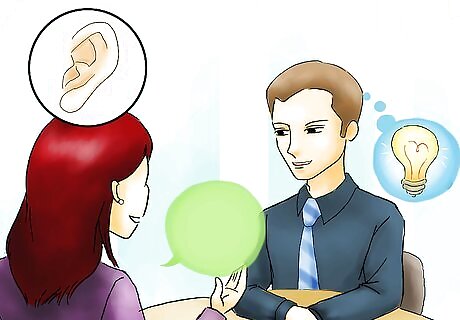
Determine if you are an auditory learner. Auditory learners learn best by hearing and listening. Auditory learners often use sound, like sound recordings, acoustics, rhyming, or music to help them remember and learn about things. Here are some questions to ask yourself to see if you are an auditory learner: Do I learn best when I hear someone tell me how to do something? Do I verify the accuracy of spelling by sounding the word out in my head? When I need to remember a list of items, do I remember the list by repeating it over and over to myself? Do I solve problems by talking myself through the problem? When I am adding numbers, do I verify the answer by counting the numbers in my head or out loud?

Determine if you are a kinesthetic/tactile learner. Kinesthetic learners learn best through physical touch, movement, and interaction. These learners learn through physical sensations and physical objects. Similar to visual learners, writing and drawing diagrams are also very helpful for kinesthetic learners. Kinesthetic learners also often use role-playing, either singularly or with someone else, to practice skills and behaviors. Here are some questions to ask yourself to see if you are a kinesthetic learner: Do I learn how to do something best by trying to do it myself? Do I verify the accuracy of spelling by getting a feeling about the correctness of the spelling? When I need to remember a list of items, do I remember the list by moving around and using my fingers to name each item? Do I solve problems by using and/or moving objects to help me think? When I am adding numbers, do I verify the answer by using my fingers to get a feeling if it is correct?
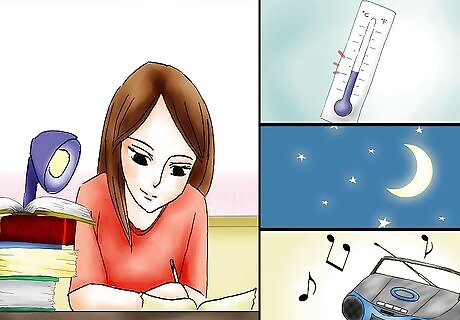
Consider environmental factors. When determining your learning style also consider other factors like the time of day, the temperature of the room, the level of sound, and the size of grouping in which you learn best. Ask yourself: Do I focus better in the morning or at night? Do I focus better when the room is cold or slightly warmer? Do I focus better when everything is quiet or can I focus with music playing? Do I focus better when I am studying alone or with a group of people?
Connecting Your Learning Style with Learning Strategies
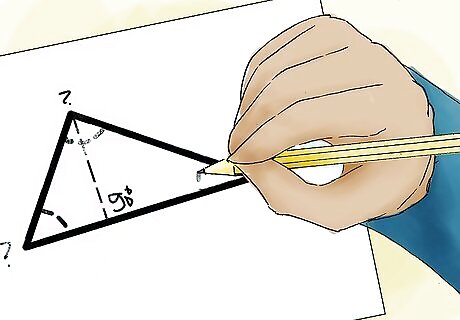
Draw graphs, pictures, or mind maps. If you are more of a visual learner, focusing on or drawing graphs, pictures, and/or mind maps will help you understand and remember concepts and ideas better. For example, if you are trying to remember a definition, look up images of the word in your search engine.
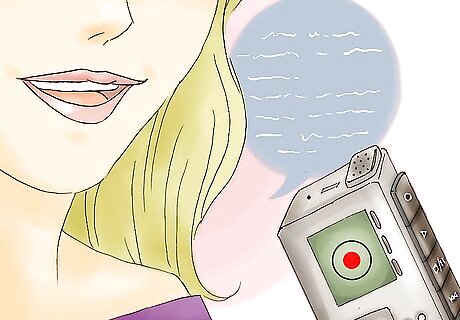
Use recordings music. If you are more of an auditory learner, record lectures to help you remember concepts and ideas. This way you can go back to the recording to help you understand your material better. You can also use rhyming and/or music to help you remember words, ideas, and concepts. For example, if you are trying to remember a definition, come up with a musical rhyme to help you remember the word and definition.
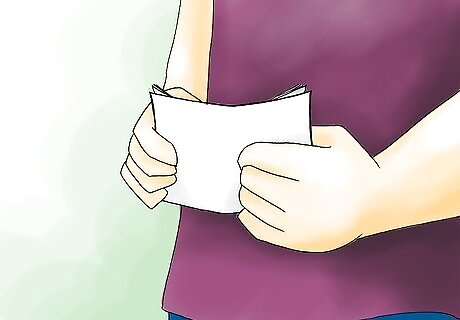
Use your sense of touch. If you are more of a kinesthetic learner, use your body and hands or focus on sensations to remember concepts and ideas. Also use physical objects as much as possible to help you learn. For example, use flashcards to help you memorize information because you can touch and move them around. Keep in mind that writing and drawing graphs are physical activities.










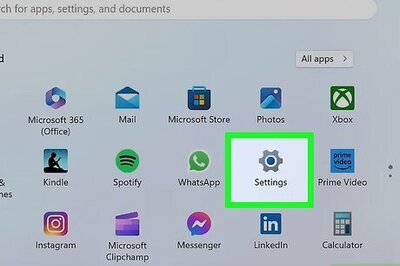
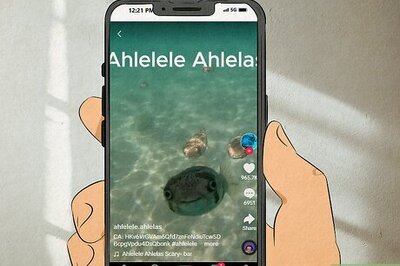

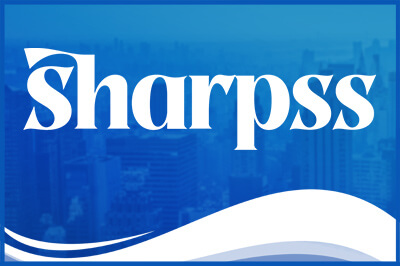

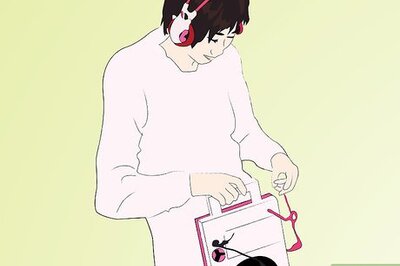
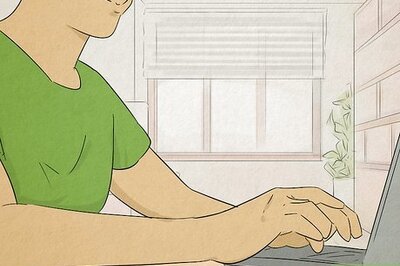

Comments
0 comment